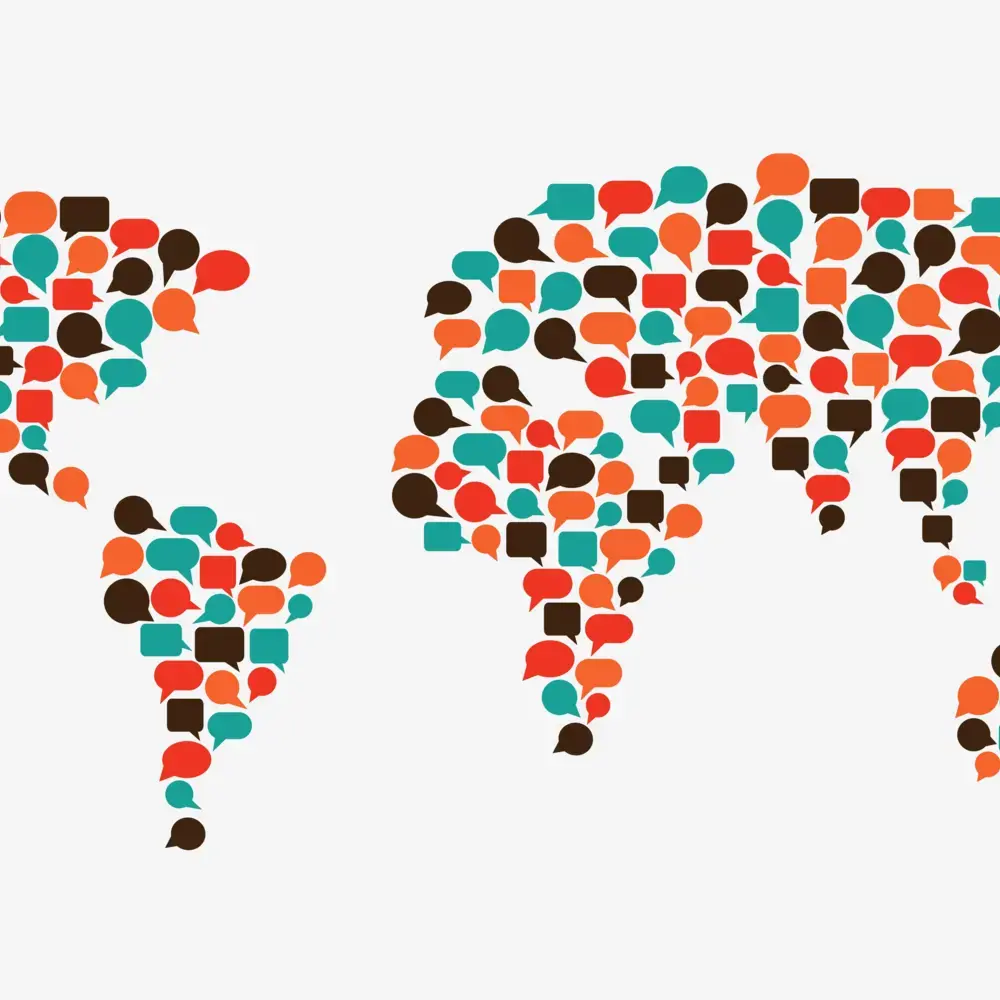3 Translation Methodologies for Life Sciences Documentation

Translation is a complex endeavor, particularly in life sciences. Translation workflows, from receiving the document to delivering the final product, have multiple steps that must be followed with utmost accuracy.
There is no one-size-fits-all model when translating clinical documentation. Each project has different and unique priorities depending on a variety of factors. The document’s target audience, the organization priorities, and the content itself all are important. Different types of clinical documents require different translation methods.
Here is a detailed outline of three translation methodologies for life sciences documentation that you can apply based on these factors.
Translation Method Overview
The life sciences industry has the unique privilege of utilizing differing layers of translation methodologies. Whether it’s translating instruction manuals for technical users or patient-facing documentation, different content types require different approaches.
So, how do you know which translation process is the right one to use? We have devised a simplified system for choosing between the three main kinds of methodologies for translating clinical content:
1. Standard translation
2. Back translation & reconciliation
3. Linguistic validation
Standard Translation
Standard translation is the most straight forward of all the translation processes; it has three major steps and involves three separate linguists—a translator, an editor, and a proofreader.
Standard translation is used when the intended audience already has a grasp on the usage and purpose of the device via their training.
Medical device translation, where the target audience is either medical staff or user engineers, is one example of an appropriate setting to use this kind of translation workflow. Additionally, the instructions are primarily a reference point for finer usage and instrument tolerances.
However, for basic clinical documents that are not patient-facing, back translation and reconciliation builds off of this process.
Back Translation & Reconciliation
Back translation, sometimes called reverse translation, takes the translated content and re-translates it back into its original source language. By comparing the two versions in the original language, changes can be made to reconcile the differences. This helps ensure higher quality by mitigating risks of translation error.
Back translation and reconciliation is typically used for content that is more complex where the potential for translation error is greater. As the chances for errors increase, so does the likelihood of regulatory scrutiny and end user risk.
Linguistic Validation
Linguistic validation is deployed for patient-facing documentation that is used to support a label claim, or if the Clinical Outcome Assessment (COA) is that of a validated nature. It is the most involved and complex translation method employed. The Notified Bodies have said that patient-facing materials that are used specifically for this purpose will be observed and noted.
Linguistic validation introduces a step that is unique to the life sciences translation process. It requires a deep understanding of both the translation technologies and how patient-facing materials (sometimes called instruments or measures) are used in particular patient conditions. How a particular patient cohort responds to an instrument must be understood and reflected in the latter stages of the process.
Linguistic validation builds off the standard process and back translation and reconciliation with additional steps such as clinician review and cognitive debriefing. The most crucial step is cognitive debriefing, where the patient-facing instrument (e.g., a COA) is tested on a small group representing the target population.
This ensures the questions asked are culturally equivalent and well received. While this added step is initially extra work and time, ultimately it results in higher quality data intake. Higher quality data can mean faster regulatory approval and shorter product-to-market timelines.
Your Checklist
If you’re looking at utilizing translation services for your clinical content, it’s important to recognize which translation methodology is best for you. We’ve put together two checklists to use depending on the content you need translated.
Medical Devices:
- Inform your language service provider (LSP) of the nature of the documentation to be translated, including whether it’s a medical device or larger equipment.
- Ensure your LSP understands the procedure and condition of the medical device’s application. Through understanding the device’s intended use, LSPs are better equipped to translate the content. For example, in-vitro medical devices (like pacemakers) require more linguistic testing than simple tongue depressors, as the stakes are higher.
- Ensure your LSP understands where the device/equipment is going to be used. The translation could be affected depending on if the device is intended for an operation room, clinical trial site, or doctor’s office.
Clinical Documentation:
- Make certain your LSP understands the nature of the documentation and where it is to be used in a clinical trial setting. Is it regulatory documentation or is it safety documentation? The intended audience can impact the translation.
- Make sure your LSP understands the condition that underlies the documentation. Where possible, include portions on the protocol so the inclusion/exclusion data is captured, which will become important later in the patient-facing documentation translation.
- Where possible, include the protocol, including the names of the instruments to be used in the Clinical Outcome Assessment portion. Often, without the protocol, staff are relied upon to decipher what instruments are to be used and where. Including the protocol nullifies the risk of measures being missed.
- Include First Patient In (FPI) dates. This is critical for planning language delivery when it comes to patient-facing instruments.
Question your LSP as to how they perform their linguistic validation translations. This process is complex and requires highly specialized language resources and scientific support. For more information on TransPerfect’s clinical document translations including linguistic validation, contact us today.
